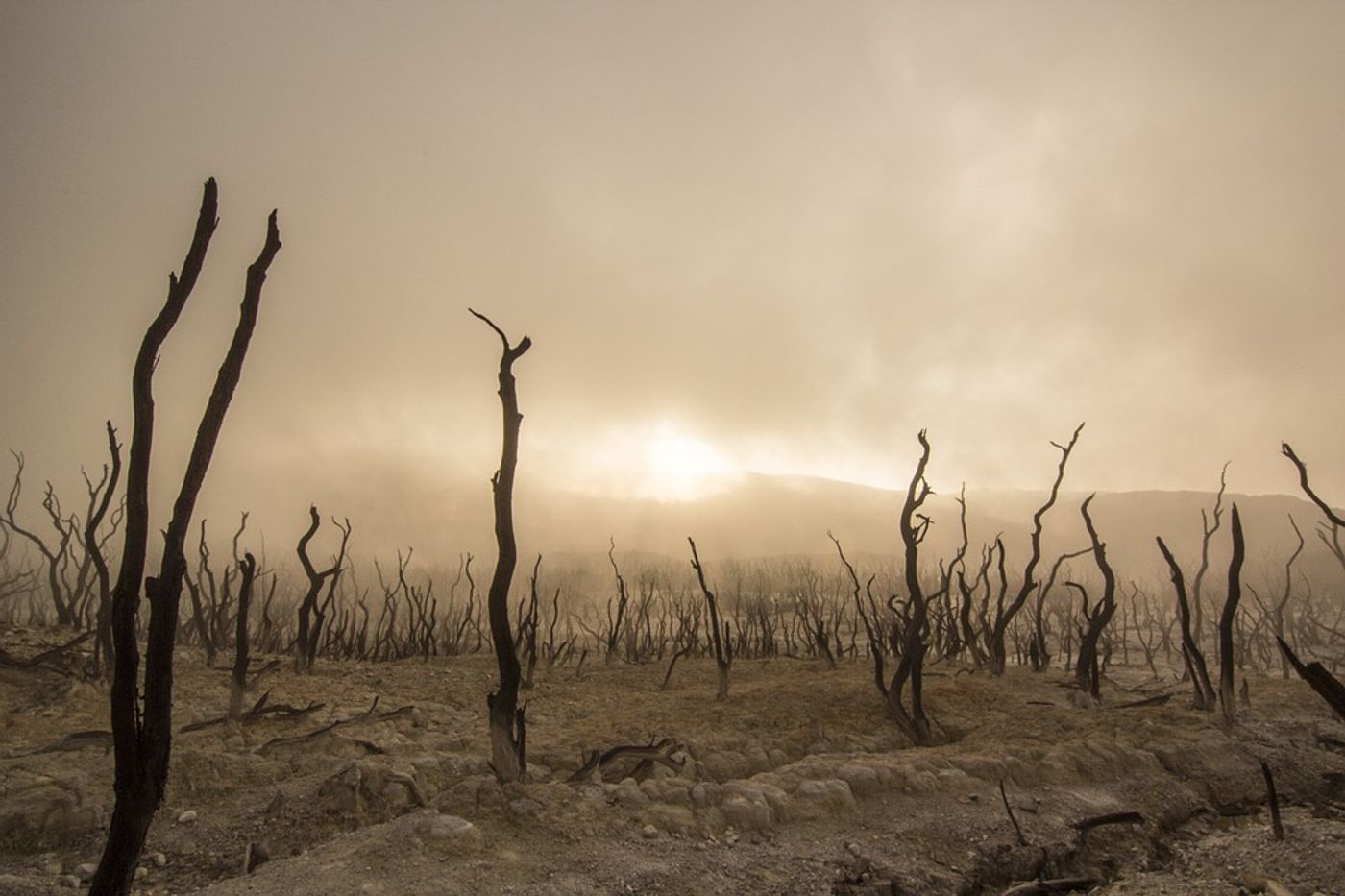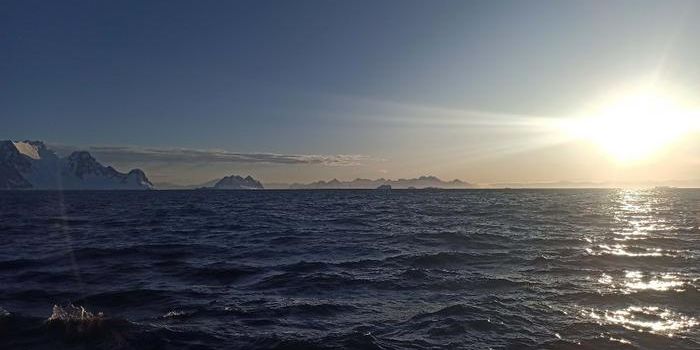Our past megadroughts, and what's to come
Do you think the droughts we suffer from now are bad? Centuries ago the American Southwest was plagued with approximately twelve megadroughts that each lasted for decades. From the 9th century throughout the 15th century these droughts took over local climate – but what caused them? Scientists from Columbia University's Lamont-Doherty Earth Observatory aim to answer that question in new research published recently in the journal Science Advances. They hope that their findings will help us better understand the risk that megadroughts pose for our future in our warming planet.
The scientists on the study reconstructed aquatic climate data from the Paleo Hydrodynamics Data Assimilation product and looked at estimates of radiative forcing in order to determine three interacting causes behind the megadroughts. (Radiative forcing refers to when the Earth absorbs more sunlight than it radiates back into space. Both radiative forcing and ocean temperatures were found to be significant factors in triggering the megadroughts of the past.)
The authors reported the following three factors as triggers for megadroughts: “unusually frequent and cold central tropical Pacific sea surface temperature (SST) excursions in conjunction with anomalously warm Atlantic SSTs and a locally positive radiative forcing.”
The authors say that the first factor, unusually frequent and cold central tropical Pacific sea surface temperatures, refers to La Niña events, and is thought to be more than twice as important in causing the megadroughts. An increase seen in heat as a result of high radiative forcing caused greater evaporation, which was exacerbated by warm conditions in the Atlantic.
Although the information the team gathered is more precise than previous studies, the future of megadroughts in our changing climate is still uncertain. A lot of it will depend on future El Niño and La Niña activity, of which there are still poor models, explain the authors. But, they caution, glocal warming sure won’t make the situation better.
"Because you increase the baseline aridity, in the future when you have a big La Niña, or several of them in a row, it could lead to megadroughts in the American West," commented lead author Nathan Steiger, a Lamont-Doherty Earth Observatory hydroclimatologist. Steiger and his team hopes to continue their investigation of past megadroughts in order to prepare us better for what may lie ahead.
Sources: Science Daily, Science Advances









